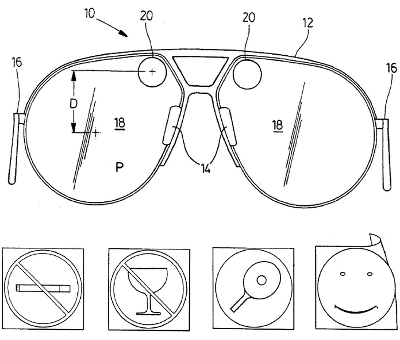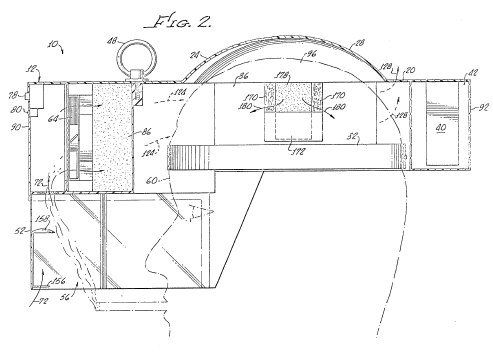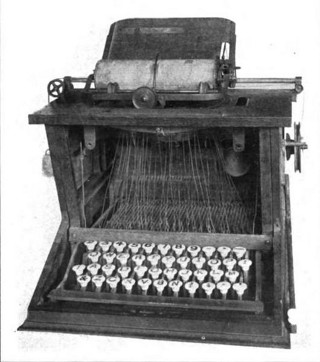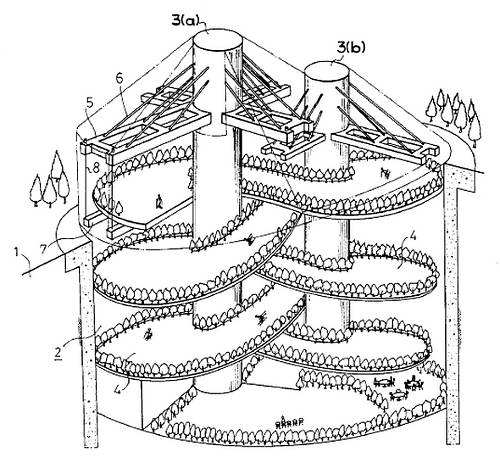
Resolving to improve yourself is easy; remembering your resolutions is hard. Faye Tanefsky came up with a novel solution in 1991: a pair of glasses imprinted with a subliminal message. Each lens bears a simple reinforcing image that’s in view all day long:
It has been found that when the glasses are first put on, the subject will notice the message images, momentarily. The message means will appear merged as a single image, focussed more or less centrally between the two eyes. After a few seconds, for example, ten to twenty seconds in the average case, the subject is no longer conscious of the image and the image essentially disappears.
The images, which are supplied on decals, might include a resolution not to drink or smoke, an inspiring visualization in sports, or a happy face to combat an inferiority complex. “While the message is continuously in front of the eyes of the subject, the subject is not conscious of the existence or presence of the message, and can continue whatever activities he or she is engaged in without interference or distraction.”












